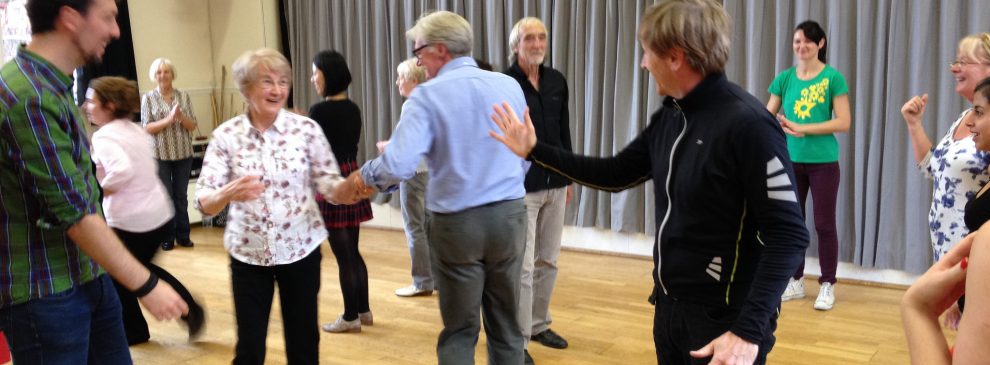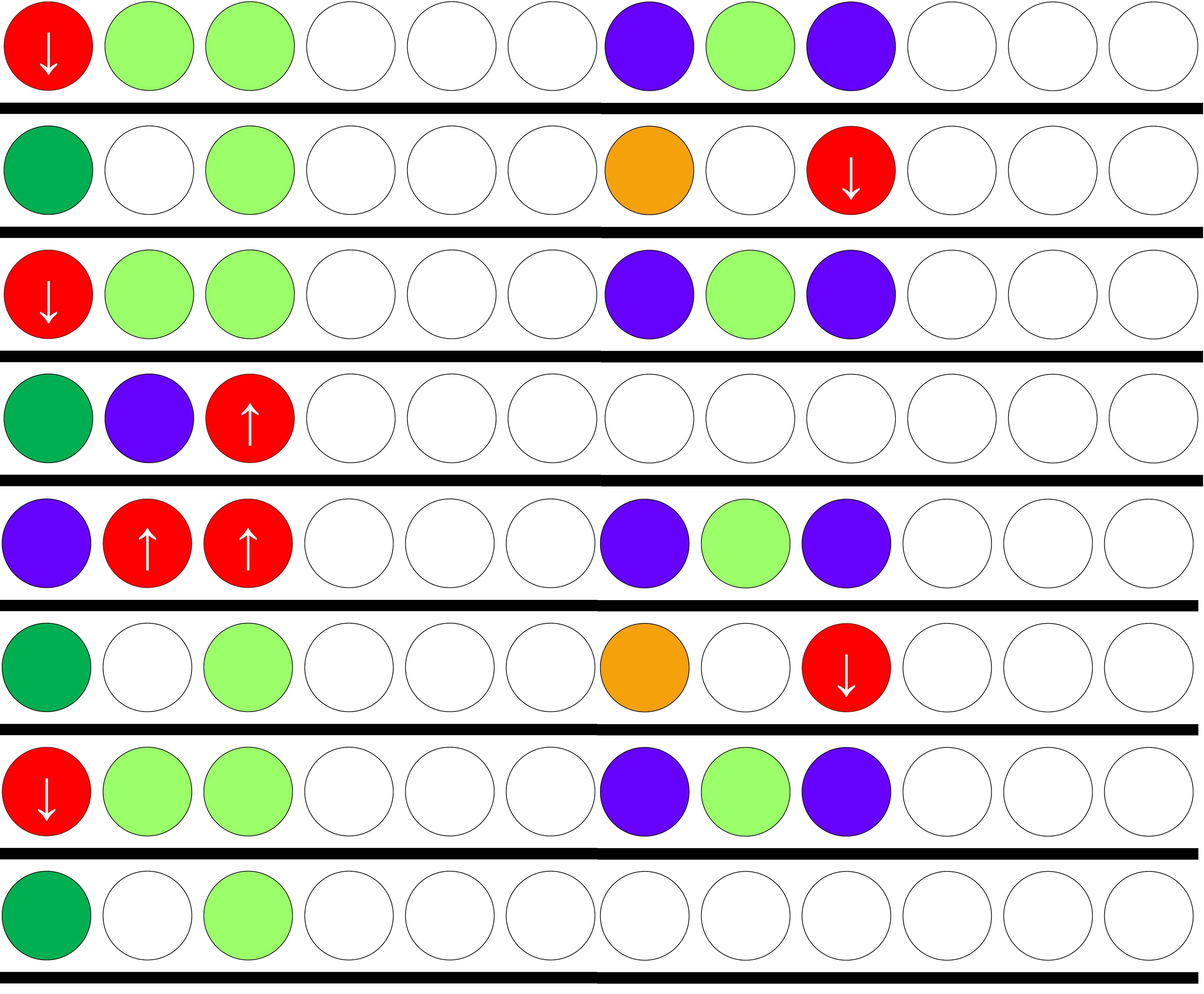Using cultural activities to improve mental health and wellbeing
Added on Thursday, November 12th, 2015
…
Mersey Care NHS Trust was one of the earliest adopters of using creative arts and culture to improve the wellbeing of people with mental health difficulties. Here I set out how we have done this, who we work with and what we have learnt that works – and our own tips to help you.
We have built strong strategic relationships with arts and cultural partners in the Liverpool city region over almost 10 years – and we know it makes a real difference to people’s lives. We also know the importance of demonstrating the social and economic value of such partnerships. Joining the Dots will provide the necessary robust research to show funders that our work significantly improves mental health.
The return on investment of cultural activities in mental health
Four years ago we commissioned Justine Karpusheff to undertake a review of the impact and value of our work with creative partners. One of the recommendations in Justine’s report was that we needed to look in depth at the social return on investment (SROI).
We were fortunate to have the ICC on our doorstep, and the fact that researchers were already looking at the effect of different cultural interventions in Liverpool – and mapping cultural community assets – made it sensible for us to work together to look at the social and economic value of our own creative commissions. The original plan was for a two-year project, but we quickly realised that we needed four years to measure the impact of our partnerships with arts and creative organisations in the Liverpool city region. We are now one year into the Joining the Dots project, which focuses on three key areas:
Social and economic value research: this includes new empirical research on the value of Mersey Care’s full range of creative partnerships and interventions, including the development of a valuation framework using SROI.
Policy and practice application: the team is working closely with relevant stakeholders within the city to ensure that research correlates with the development of relevant policy and practice processes including commissioning and collective decision making.
Professional learning and cultural value: the Joining the Dots programme also provides a platform for debate and discussion on the contribution of cross-sector working to the articulation of cultural value and to the development of professional practice within arts and cultural communities.
| ‘We are working with very diverse cultural partners, all passionate about making a difference to the mental wellbeing of people in and around Liverpool: from large institutions to small community organisations.’ |
Which cultural organisations are helping with mental health?
We are working with very diverse cultural partners, all passionate about making a difference to the mental wellbeing of people in and around Liverpool: from large institutions to small community organisations embracing art, music, theatre, dance, sport, learning and volunteering; from National Museums Liverpool to Everton Football Club. Here are just some examples:
- The Royal Liverpool Philharmonic Musician in Residence programme has been providing musicians for both in-patient and community settings since 2008.
- Tate Liverpool ‘s Opening Doors programme enables people to access art and not to think of it as frightening. Artists run programmes in hospitals and work on community projects.
- Movema: Moving Minds with Liverpool Institute of Performing Arts (LIPA) provides dance and movement in 14 centres. The scheme works with groups and individuals, including older people, adults with learning disabilities and those in addiction units.
- Everton was one of the first football clubs in the UK to be socially engaged and its programme ‘Everton in The Community’ is huge, achieving so much because of the power of its brand. Our service users will come to activities simply because of the Everton name. Some have gone on to become referees or football coaches.
- Our writing group with the poet Pauline Rowe is about to have its work published.
- The Reader Organisation has shared reading groups in both hospital and community settings.
- We have a new relationship with the Everyman and Playhouse theatres who are running courses through our own Recovery College. Service users can learn about acting, lighting, costumes and sets, building up the confidence to go further with different subjects if they choose.
- The Bread Church – a Methodist church where twice a week people bake bread and share a meal.
What are the benefits of creative projects to wellbeing?
We have been running successful creative partnerships for so long that our employees think this is the usual way to help people with mental health difficulties. People with poor mental health lose their social networks, and via our creative projects we can help them recreate these – and build new ones as part of their recovery.
When we work with people with dementia we invite the person’s carer. The wife of one patient who comes to our Living Music project said that being able to share music together made a huge difference to her, as well as benefiting her husband. Our partnership with Liverpool Philharmonic allows service users to go to concerts. In-patients go to rehearsals and those in the community can go to concerts with the musicians who work with them. The hope is that in the future they will be able to go independently – being socially active and culturally engaged creates a new lease of life.
Getting started – tips on using cultural and creative activities in mental health care
- Firstly, just take your courage in your hands and go for it!
- Consider whether you will be introducing the concept in an in-patient setting or in the community – in-patient setting is more restrictive.
- Employees are critical to encouraging service users to take part. You must have staff buy-in – and they should feel passionate about what you’re doing.
- Give staff permission to participate in the activities. Some may struggle at first to enjoy taking part – after all nurses don’t usually expect to be dancing at work!
- It’s important that staff recognise that when they take part in dance, music, art or whatever, there are no labels – everyone is a human being, and not defined as a patient or a health professional.
- Support people so that they feel that they can come to activities held in the community. Someone may need to accompany them at first – either a health professional, family member or a friend. We have workers whose job it is to help people take part.
- The type of activity doesn’t matter. The important thing is that the organisation you work with has a sense of the importance of human beings. It’s really important that service users feel welcome, important and that someone cares.
- The creative organisation you’re working with needs to ‘get it’. For example, Liverpool Philharmonic has a very rigorous selection for musicians and occasionally one will say ‘that’s not for me’. Because the arts organisations we work with understand what we are trying to achieve, I can’t think of one example where we have had the wrong person.
- The people working with in-patients or service users must have the ability not to judge, to be compassionate and to genuinely care. It’s a very different relationship, because that person from an outside organisation is a not a health professional.
I see the creative arts being used more in primary care due to social prescribing. We know it’s working, the service users tell us it’s working and it’s making a difference – but we still lack the strong evidence that some health professionals require.
Our work with ICC should bring about the necessary step change to demonstrate that there are methods, other than medication, to help people living with mental health problems. Have you had positive experiences of using the creative arts to promote mental wellbeing? I would love to hear your stories.
Photo credits
“Liverpool 2015” by Eric Rayner is licensed under CC BY 2.0










